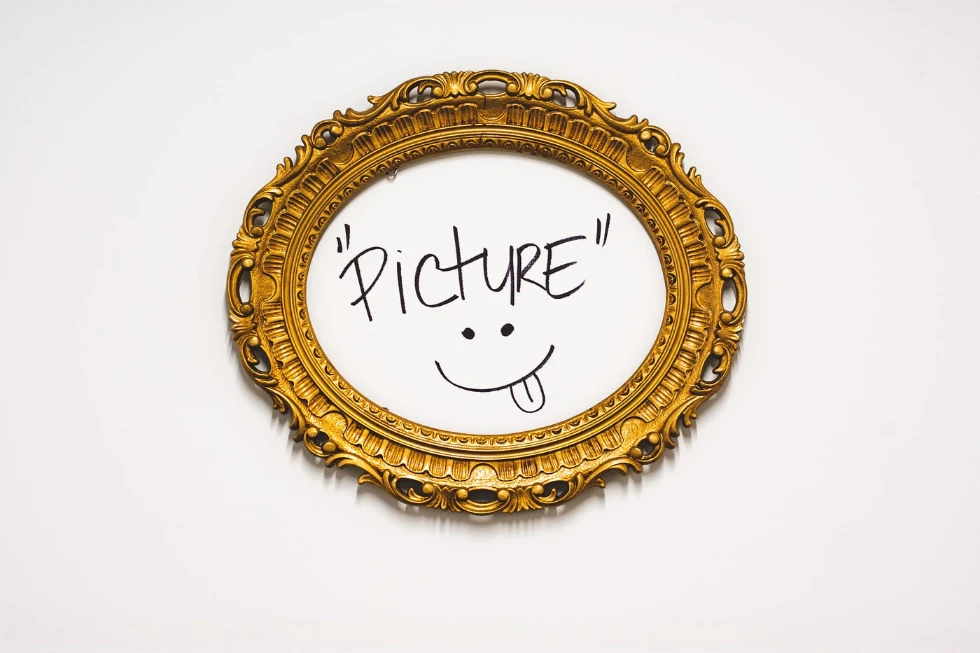Long before you learned your ABCs, you were fluent in a different kind of language – one with no grammar, no spelling, and no voice. Have you ever wondered how you instinctively know who’s in charge or who’s nervous in a room? It’s because you’re fluent in semiotics – the secret language of signs and symbols!
Think about it: A red light, a suit, and a raised eyebrow. These aren’t just things. They’re messages.
They shape how we interpret people, power, danger, trust — everything.
You read the world through signs.
You send signs through posture, colour, style, even silence.
And the kicker?
It’s all happening automatically. Constantly. Everywhere.
But here’s where it gets even more interesting…
The same sign doesn’t mean the same thing everywhere.
A thumbs-up in one country? “Good job.”
In another? Rude.
White may mean purity in some cultures, but death in others.
Semiotics is the secret code running behind every image, ad, symbol, and gesture.
So, if you’re a communicator, leader, creative, or just curious about human behaviour, this is your sign to start paying attention. Because the better you understand semiotics, the more powerful your messages become.
You’re not just seeing the world.
You’re reading it.
And you always have been.
Corresponding Blog Post
Imagine walking into a room full of strangers.
No one says a word. Yet instantly, you sense who’s in charge. Who’s nervous. Who belongs.
How?
You’ve just used a language you never studied. One that has no alphabet, yet shapes every message you send and receive. That language is Semiotics – the science of signs.
And whether you’re conscious of it or not, you’ve been speaking it since the day you were born.
You weren’t born knowing what a police siren meant. Or why a suit and tie communicatesseriousness. Or why a red heart emoji makes a message feel warmer.
But over time, you learned the meanings.
You absorbed the codes.
You became fluent in a silent language, one that tells us what to trust, what to fear, who to follow, and how to belong.
Semiotics is the hidden system behind all this.
It explains how:
• A dress can say “power” or “rebellion” depending on the setting.
• A courtroom can “feel” like justice, just by its architecture.
• An iPhone ad can whisper luxury without saying a word.
Meaning isn’t built with words alone – it’s built with signs. And you’re surrounded by them.
Now, what Is a Sign?
In semiotics, a sign is anything that stands for something else.
That could be:
• A symbol (a flag, a logo)
• A gesture (a raised fist, a handshake)
• A space (a VIP lounge)
• A sound (a ringtone)
• Even silence
What matters is the meaning it carries, and that meaning is shaped by culture, context, and history.
Let’s try this:
Think of a red rose.
To a florist, it’s a product.
To a lover, it’s a confession.
To a politician, it might be a party emblem.
Same rose. Different signs. Different stories.
Let’s Look at Semiotics Across Cultures
What’s meaningful in one culture can be meaningless or even offensive in another.
For instance:
• Thumbs-up:
In the U.S. and much of Europe, it means “great” or “okay.”
But in parts of the Middle East, South Asia, and West Africa, it’s considered rude or dismissive. Context matters.
• The colour white:
In Western culture, white is often used in weddings and symbolizes purity or peace.
But in many East Asian cultures, white is the colour of mourning and is worn at funerals.
• Nodding the head:
Universally “yes,” right? Not quite.
In Bulgaria and parts of Greece, a single nod can mean “no,” and shaking the head may mean “yes.”
• Eye contact:
In some cultures, strong eye contact shows confidence.
In others, particularly in parts of East Asia or sub-Saharan Africa – it may be interpreted as disrespectful or aggressive, especially between juniors and elders.
So, while semiotics helps us read the world, it also reminds us: We must read carefully.
Signs are always tied to the social and cultural codebooks we carry. Understanding this helps us become better global communicators – more aware, more respectful, and far more effective.
Why This Matters More Than Ever
In a hyper-connected world, we don’t just consume content, we consume symbols. Every post, ad, outfit, and brand is a carefully coded message. And if you want to lead, influence, or connect deeply, you need to become semiotically aware.
Consider:
• A protestor holding up a blank sign. No words – but full of meaning.
• A president choosing to wear traditional dress during a speech – what is that signsaying?
• The pause before a speaker delivers their final sentence – sometimes, silence shouts louder than sound.
This is why semiotics is crucial for communicators, designers, marketers, activists, and even educators.
We often say, “a picture is worth a thousand words.”
Semiotics shows us why. Because every sign, visual, verbal, or symbol – is a story waiting to be read.
The next time you see a crown, a handshake, a national anthem, or a humble nod, remember:
You’re not just seeing the world.
You’re reading it.
And you always have been.


